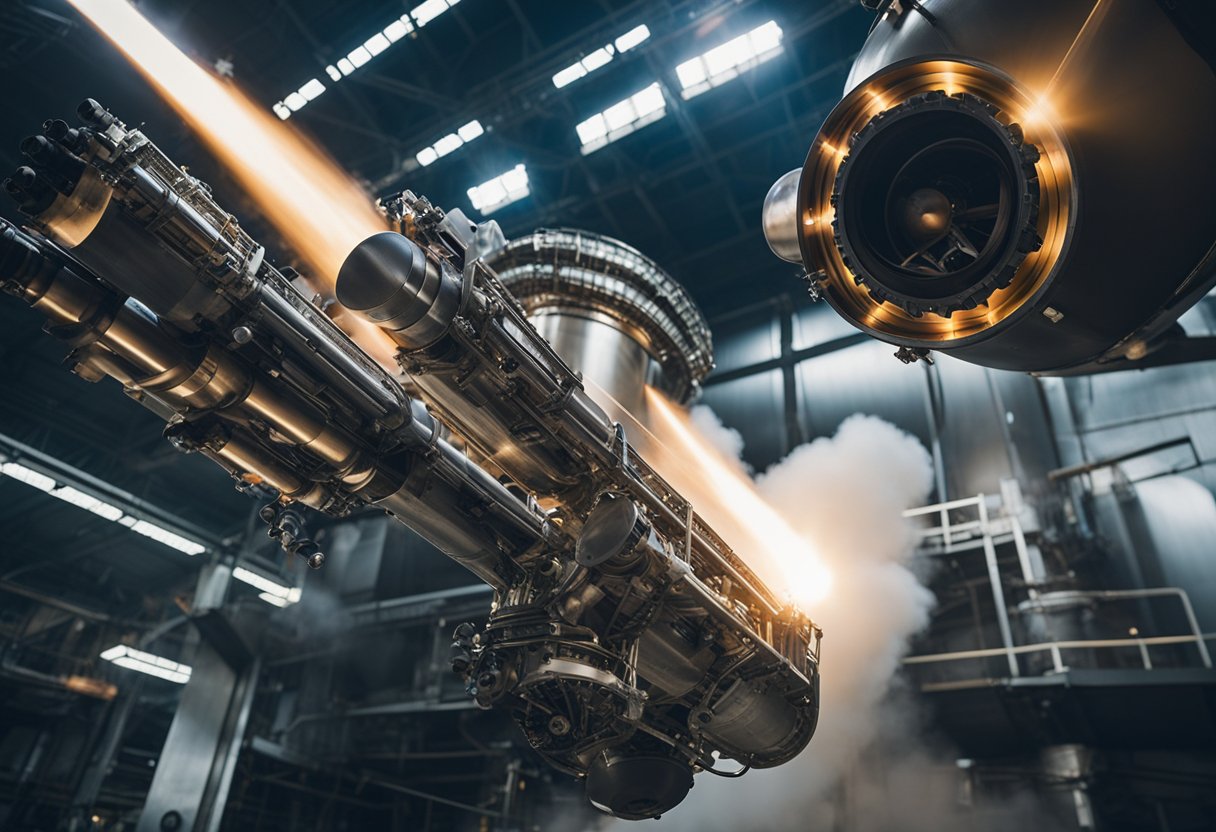
Electric vs Chemical Propulsion Efficiency – Propulsion efficiency plays a critical role in space travel, guiding the choice between electric and chemical propulsion systems for various missions. Electric propulsion systems are known for their high efficiency, utilising electrical energy—often from solar panels—to expel propellant at high speeds, thus creating thrust over extended periods. This efficiency leads to a reduced need for propellant mass, making electric propulsion advantageous for deep space missions.
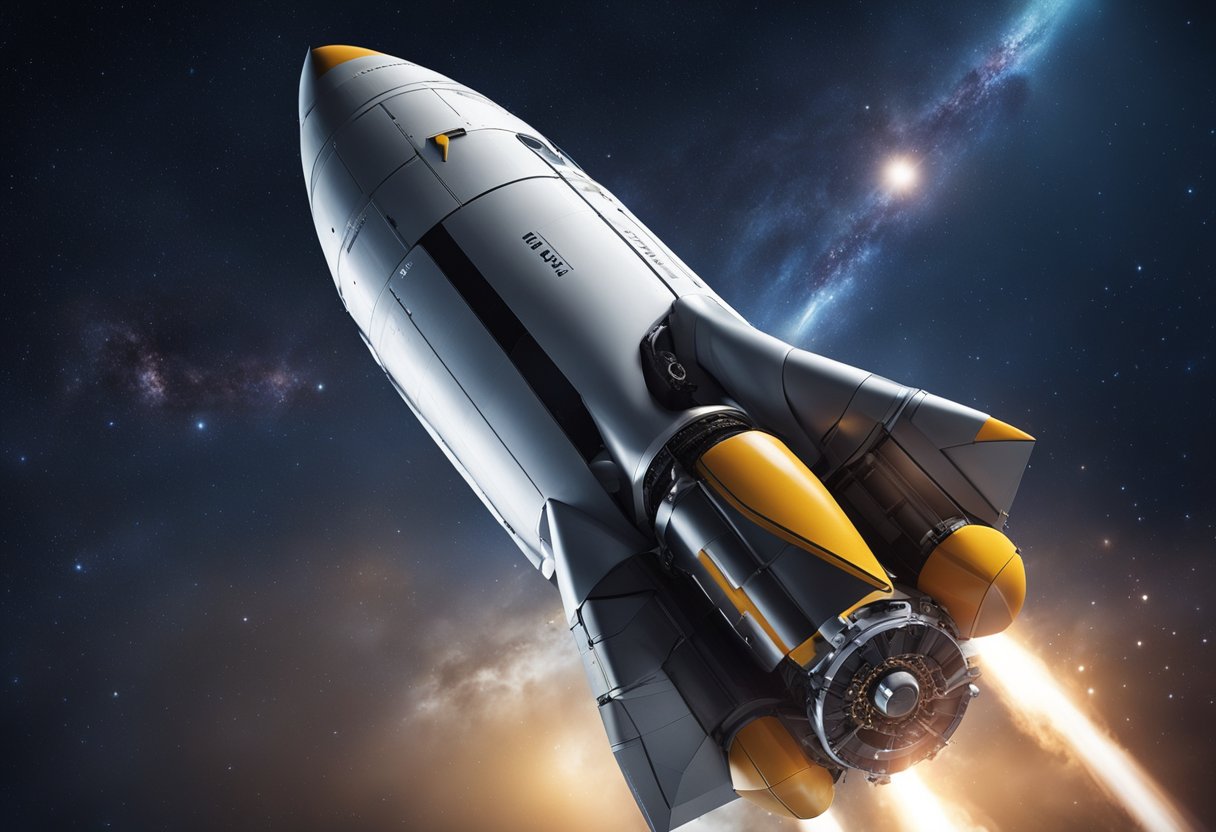
On the other hand, chemical propulsion relies on the rapid chemical reaction of propellants to produce a large amount of thrust in a short time. This enables chemical rockets to overcome Earth’s gravity during liftoff, making them indispensable for initial stages of space missions. However, they carry the limitation of lower fuel efficiency compared to their electric counterparts, which affects the overall mass and cost of missions.
In the realm of spaceflight, propulsion systems are the engines that drive spacecraft through the cosmos. Our understanding of propulsion begins with Newton’s third law: for every action, there is an equal and opposite reaction. This principle underlies all propulsion technologies, where the action is the ejection of a propellant and the reaction is the generation of thrust, propelling a spacecraft forward.
Chemical propulsion relies on exothermic chemical reactions to produce a high-speed jet of gases, imparting momentum to a spacecraft. The strength of this thrust is measured by the amount of change it imparts on the momentum of the spacecraft per unit of propellant mass flow rate, a value known as specific impulse. This traditional form of propulsion offers a significant thrust-to-weight ratio, making it suitable for the initial launch stages when overcoming Earth’s gravitational pull and atmospheric drag is imperative.
Yet, once in space, the efficiency of propulsion becomes paramount. Electric propulsion systems provide a lower thrust compared to chemical engines but achieve higher specific impulses by accelerating ionised propellant to extreme velocities, utilising electric and magnetic fields. These systems trade off brute force for finesse, expending less propellant over time to gradually increase a spacecraft’s kinetic energy.
Our quest for efficient spacecraft propulsion continues as we explore concepts like solar sails and nuclear propulsion, which propose to leverage the fundamental physics of light and atomic energy, respectively. The knowledge we amass in this field expands our capacity to traverse the vastness of space, be it for exploration, science, or even the burgeoning industry of space tourism, as showcased by ventures like SpaceVoyageVentures.com.
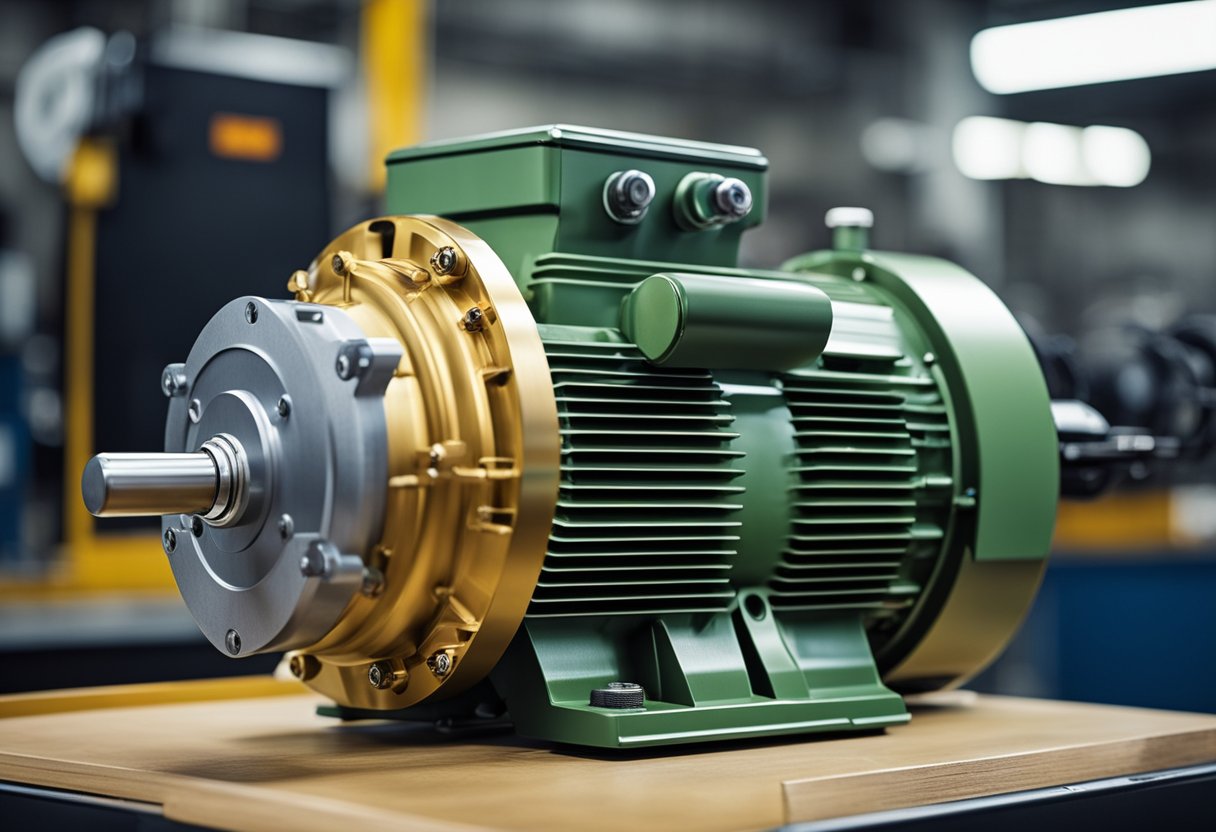
We are presented with a choice between electric and chemical propulsion systems when engaging in space travel. Dependent on the specific mission requirements, each system’s efficiency plays a pivotal role in that selection.
In terms of propulsion, efficiency essentially reflects how effectively a propulsion system converts its available energy into kinetic energy to produce thrust. Electric propulsion systems are lauded for their high specific impulse—a measure of how efficiently a spacecraft can use propellant. These systems are able to accelerate propellants to far greater exit velocities, resulting in a more fuel-efficient journey in the void of space.
Our understanding of propulsion system efficiency is quantified through equations that account for variables such as mass flow rate and exit velocity of the propellant. As can be seen from the information available, larger mass flows coupled with smaller velocities are often associated with improved propulsion efficiency.
An important measurement for chemical propulsion is how much thrust it can generate per unit of fuel; this is often expressed as a specific impulse. It’s a distinctive characteristic that can invariably influence the fuel efficiency of space missions. High specific impulse translates to less fuel required for propulsion, a crucial consideration for long-duration spaceflights.
While assessing propulsion efficiency, we note that electric propulsion technologies stipulate a higher efficiency compared to chemical propulsion, indicating a vast reduction in fuel mass for certain manoeuvres. However, this high efficiency comes at the cost of longer times to achieve the desired orbital insertion.
In our exploration of propulsion systems, electric propulsion stands out for its efficient use of propellant compared to traditional chemical methods. It transforms electrical energy into kinetic energy, marking a significant advancement in space travel technology.
Electric propulsion systems, also known as electric thrusters, operate by accelerating propellant to a very high speed using electrical energy. The core principle behind these systems is that they expel charged particles, creating thrust in accordance with Newton’s third law of motion. Unlike chemical propulsion, which relies on combustion, electric propulsion harnesses electricity—often from solar panels or nuclear power sources—to ionise propellant, which is then expelled using electromagnetic fields.
We encounter several types of electric propulsion systems, each suitable for specific applications. Ion engines generate thrust by accelerating ions using electrostatic fields, typically within a gridded ion thruster construction. Hall thrusters use a magnetic field to ionise and accelerate propellant. Moreover, plasma thrusters and resistojets manipulate plasma or heated gases for propulsion.
The pulse plasma thruster (PPT), operates by discharging a capacitor through a solid propellant, creating plasma and thrust. Solar electric propulsion, a subset of electric propulsion, uses the Sun’s energy as its primary power source for ionisation and acceleration of propellant. Each system presents a compelling synergy of efficiency and functionality, with electric thrusters such as ion thrusters and Hall thrusters steadily becoming central to missions requiring low thrust over extended periods.
In this section, we explore the fundamental concepts behind chemical propulsion and the variety of systems that utilise this technology. We’ll also delve into their applications, particularly concerning rocket engines.
Chemical propulsion relies on the exothermic reaction between fuel and an oxidiser to produce thrust. When we discuss chemical propulsion, we refer to a process where the combustion of chemical propellants generates hot gases which, when expelled, propel the vehicle forward. This method adheres to Newton’s third law of motion: for every action, there is an equal and opposite reaction. The propulsion force originates from the high-pressure gases escaping through the nozzle of the rocket engine, causing the vehicle to move in the opposite direction.
Rocket engines implementing this propulsion method can be classified into solid propulsion, liquid propulsion, and hybrid propulsion systems. A key component of these systems is the ignition source, which initiates the combustion process.
We encounter a variety of chemical propulsion systems each designed to cater for specific mission requirements:
Solid Propulsion Systems: These contain solid propellants where the fuel and oxidiser are mixed together in a solid form. They are valued for their simplicity and reliability, often used in military missiles and as boosters for spacecraft.
Liquid Propulsion Systems: In these systems, the fuel and oxidiser are stored separately in a liquid state. They can be further divided into:
Hybrid Propulsion Systems: As the name suggests, these systems blend features of both solid and liquid propulsion. They typically employ a solid fuel with a liquid or gaseous oxidiser, offering a compromise between simplicity and controllability.
In the context of space tourism, as documented by SpaceVoyageVentures.com, these systems play a critical role in powering vehicles designed for current and future trips beyond Earth’s atmosphere. Chemical propulsion remains the primary method for escaping Earth’s gravity, due to its high thrust capabilities.
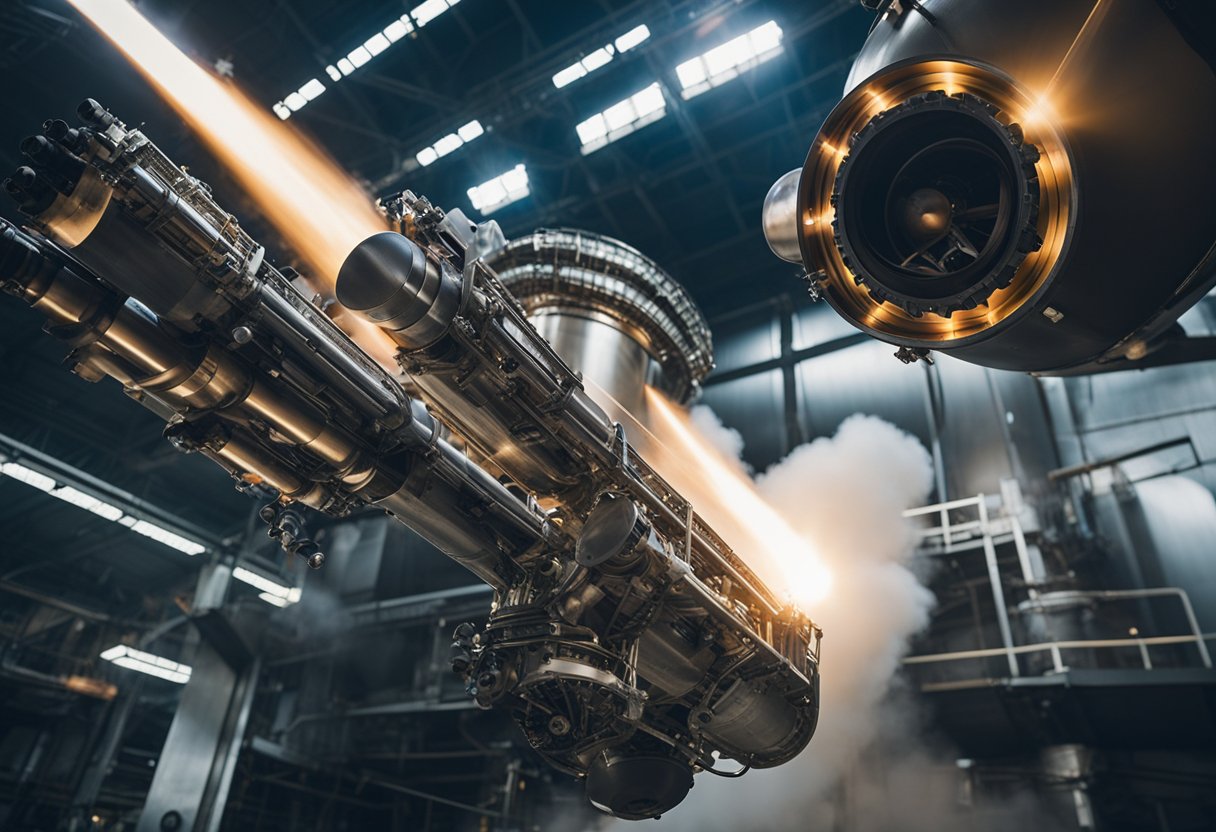
In discussing propulsion systems for spacecraft, it is essential to understand the type of propellants and exhaust materials utilised. These elements are fundamental in dictating the performance and efficiency of propulsion systems.
Electric propulsion systems primarily make use of inert gases such as xenon or krypton. These are stored in tanks and ionised using electric power which then generates thrust through the acceleration of these ions using electric or magnetic fields. Xenon gas is favoured for its high atomic mass and low ionisation energy which makes it highly efficient when propelling spacecraft.
Xenon
Krypton
Chemical propulsion relies upon a chemical reaction between a fuel and an oxidiser. Commonly, hydrogen and oxygen are used in a bipropellant system, reacting together to form water as exhaust and releasing energy stored in chemical bonds. Monopropellant systems use a single chemical substance such as hydrazine which decomposes to produce gas under certain conditions, thus creating thrust.
Bipropellant Systems
Monopropellant Systems
We observe a clear distinction between electric and chemical propulsion systems when considering propellants and exhaust materials. The efficiency and suitability of each system depend on mission requirements and available technology.
In this section, we explore the merits and applications of electric versus chemical propulsion systems. These insights help us understand which system is more effective for various space missions, taking into account engine performance, mission cost, and suitability for different spacecraft applications.
Electric propulsion systems are known for their highly efficient use of propellant compared to their chemical counterparts. This efficiency is often measured in terms of specific impulse (Isp), a key performance indicator that represents the thrust produced per unit of propellant.
Electric propulsion, such as Hall effect thrusters, has demonstrated higher Isp values, translating to longer mission durations with less fuel, as reported in studies comparing their reliability to chemical propulsion systems in geostationary orbit (GEO). These systems can significantly reduce the mass of propellant required for orbit transfer, which can also lower overall mission costs.
On the other hand, chemical propulsion systems provide the high thrust necessary for initial launch stages. They excel in delivering the rapid acceleration and thrust vector control systems required for lifting a vehicle off Earth’s surface, where immediate and powerful thrust is crucial.
Our understanding of propulsion systems extends to their optimal applications. Chemical propulsion continues to be indispensable for launching spacecraft due to its superior thrust capabilities. It is particularly crucial in the initial phases of space exploration, where escaping Earth’s gravitational pull is the primary objective.
Electric propulsion is favoured in space for its ability to efficiently manage orbit transfers and station-keeping manoeuvres over extended periods. This characteristic is beneficial for satellites in GEO, an area densely populated by telecommunications satellites that require consistent adjustments to maintain their orbital position. Electric systems are also a promising choice for future deep space missions where efficient propellant usage is pivotal.
Both technologies play unique roles in the advancement of space exploration, with electric propulsion systems gradually becoming more prominent due to their propellant efficiency and potential in reducing mission costs. The choice between electric and chemical systems ultimately depends on specific mission requirements, be it a high-thrust launch or a fuel-efficient, long-duration space voyage, including emerging opportunities in space tourism.
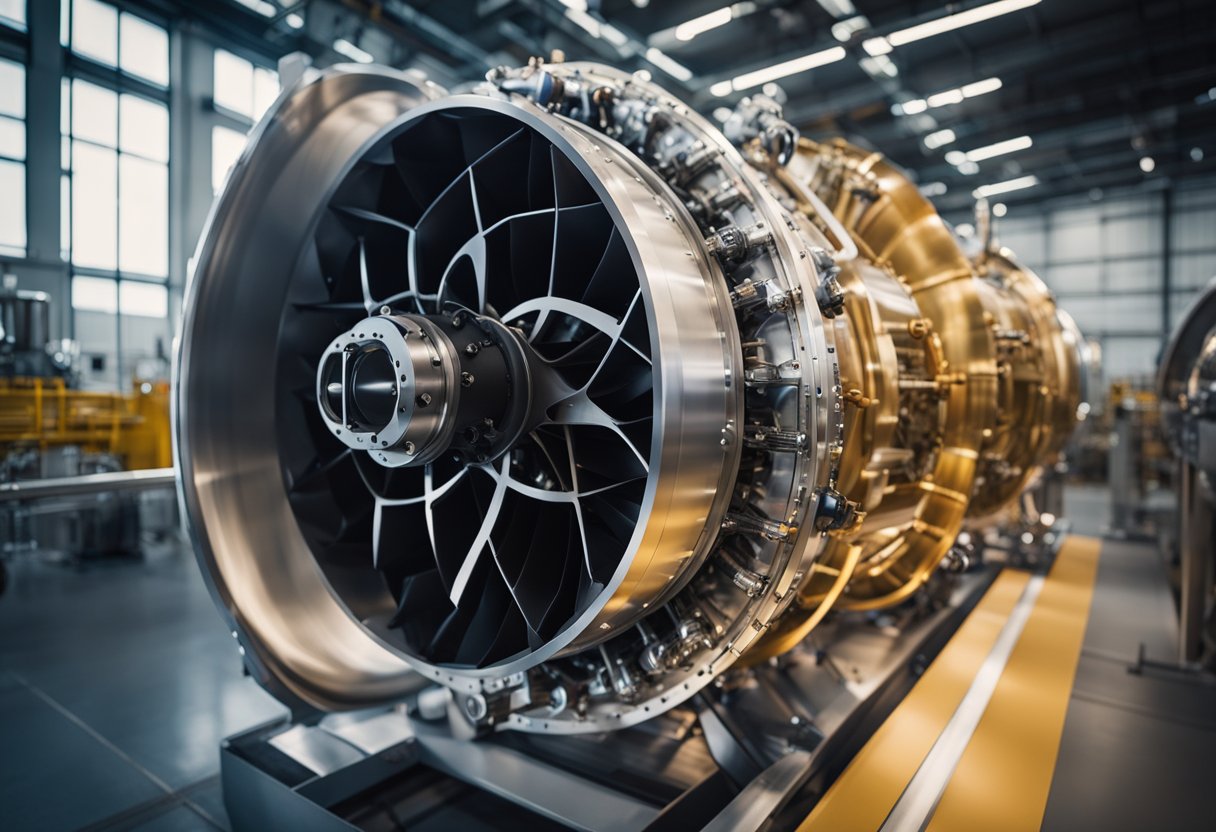
The efficiency and capability of spacecraft propulsion are deeply intertwined with the power systems employed. In the context of electric propulsion, power systems such as solar arrays and nuclear electric sources serve as the catalysts for accelerating propellants.
These power sources differ markedly from their chemical counterparts, relying on electrical energy instead of the energy stored within chemical bonds. We use solar arrays to harness energy from the Sun, converting it into electrical power for various spacecraft systems, including propulsion. Solar electric propulsion (SEP) is a prime example, delivering fuel efficiency by leveraging energy generated by solar panels.
On missions that venture beyond the inner Solar System or require high performance, solar energy collection becomes less feasible. Here we might turn to nuclear electric propulsion, a method that, while still in developmental stages, promises to deliver continuous power unaffected by distance from the Sun.
Electric propulsion systems are generally more fuel-efficient than chemical propulsion, as they can achieve higher specific impulse (Isp). This translates to less propellant mass required for a given mission, which is critical for long-duration space travel — an area of interest for burgeoning enterprises like SpaceVoyageVentures.com, set on exploring space tourism opportunities.
We must consider the trade-offs between power system size, weight, and power output. Electric propulsion, while fuel-efficient, results in lower thrust compared to the more robust thrust of chemical systems. The choice depends on mission design, payload, and our power generation capabilities.
In the realm of space exploration, the choices made when integrating propulsion systems into spacecraft design and the careful planning of missions are paramount. These decisions have profound impacts on mission cost, reliability, and the overall success rate of both interplanetary and orbital endeavours.
When we consider the incorporation of propulsion systems into a spacecraft’s design, we must account for the mission’s destination and the precise manoeuvres required. Electric propulsion, with technologies such as the Hall effect thruster, is typically used where extended mission durations are expected, such as missions to Mars or the outer planets. Electric propulsion engines, such as those used on the Dawn and Deep Space 1 missions, offer sustained low-thrust output which is ideal for intricate orbital adjustments or station keeping in low Earth orbit.
Conversely, chemical propulsion delivers high thrust and is preferred for scenarios demanding immediate response, such as launching payloads from Earth where overcoming gravity is crucial. The powerful engines of launch vehicles and space launch systems attest to the effectiveness of chemical propulsion in piercing through Earth’s atmosphere.
Our approach to managing both mission cost and reliability intertwines with propulsion system selection. Electric propulsion systems can reduce the mass of the propellant required, but their complexity can initially increase overall mission costs. However, this can be offset by their enhanced efficiency over longer missions, essentially reducing costs in the long run. Systems such as the Hall effect thrusters have demonstrated reliability through their use in station keeping and orbit adjustments for satellites in low Earth orbit, as well as for longer space voyages.
Chemical propulsion typically carries a more substantial upfront cost due to the larger amounts of propellant needed and the robust construction of launch vehicles to withstand the intense stresses and radiation exposure during ascent. Costs are also influenced by considerations like the robustness required for a launch vehicle to reliably deliver the payload without succumbing to the extreme temperatures and pressures endured during liftoff and subsequent stages of flight. The Apollo missions serve as historical benchmarks for the capability and reliability of chemical rocketry.
By understanding these complexities and planning accordingly, our missions—whether destined to remain within the confines of Earth’s orbit or to explore the far reaches of our solar system—stand a better chance at success, guided by prudent design and strategic foresight.
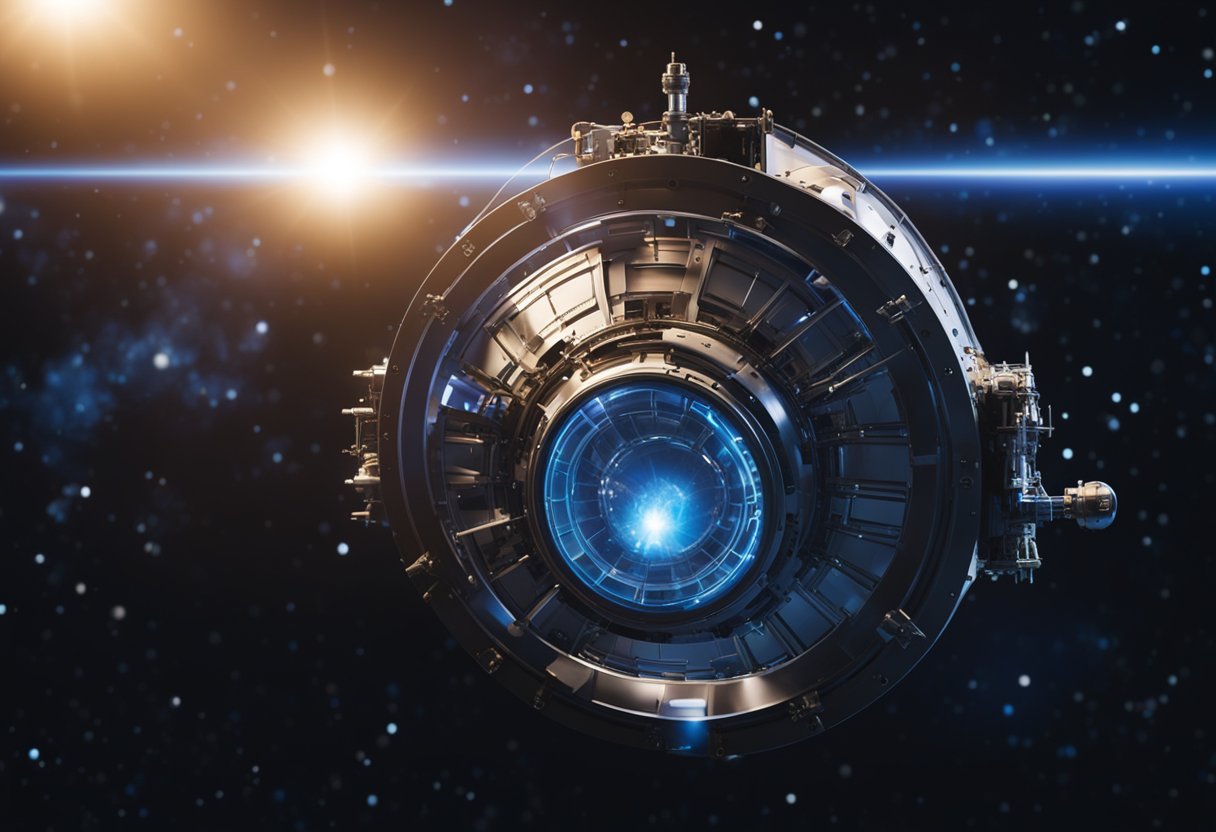
In this section, we explore the remarkable strides made in propulsion technology, specifically looking at the contributions from NASA and various international space agencies that have paved the way for more efficient space travel.
NASA has been at the forefront of propulsion technology, developing several advanced systems such as ion thrusters and Hall thrusters. These technologies utilise electric power to ionise propellant, usually xenon, and generate thrust far more efficiently than traditional chemical rockets. Notably, NASA’s Glenn Research Center has been pivotal in researching and testing these electric propulsion systems, which have already seen use in various missions.
Beyond NASA, agencies like the European Space Agency (ESA) contribute significantly to propulsion technology. ESA’s developments in propulsion include contributions to electric thruster technology, which incorporates arcjets and monopropellant thrusters. Collectively, these entities focus on reducing propellant mass to enable longer missions and more sustainable deep space exploration. Global coordination and shared research efforts continue to enhance the capabilities and reach of spacecraft powered by these advanced propulsion systems.
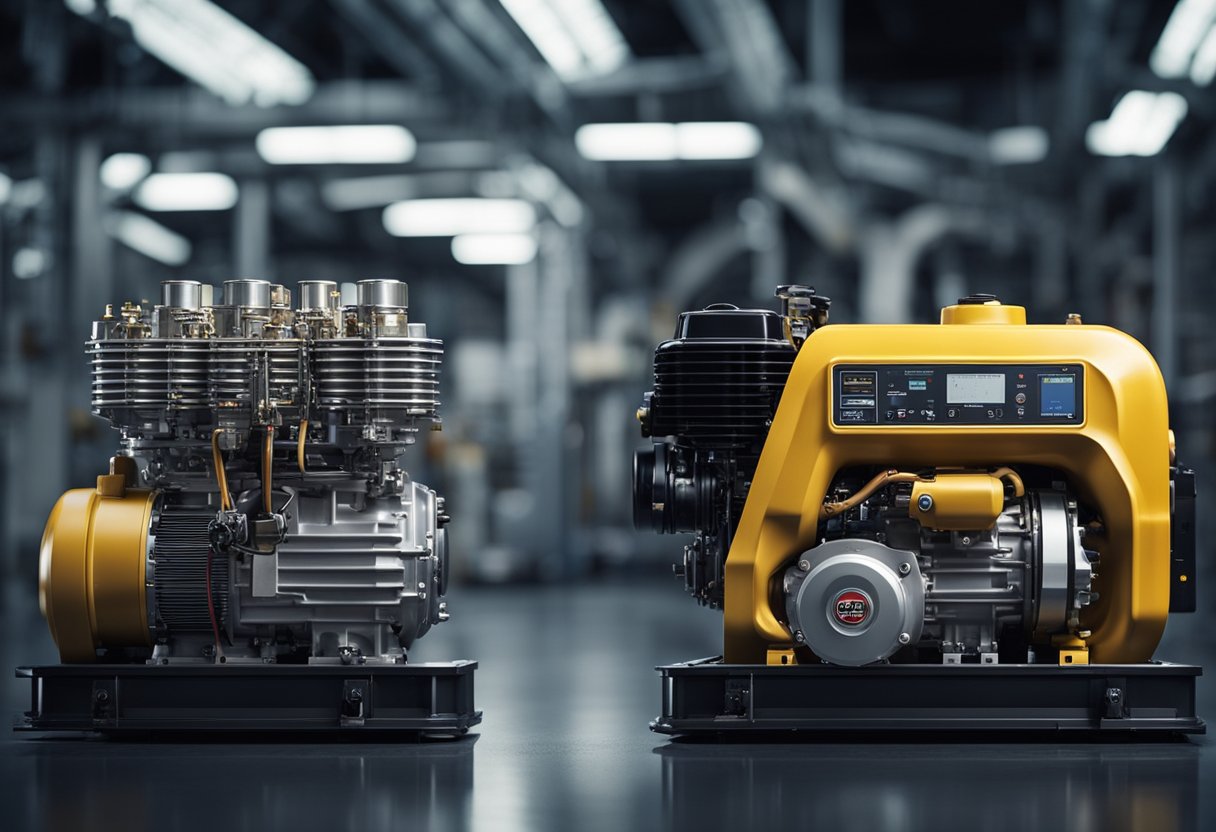
Before diving into the details of electric and chemical propulsion systems in aerospace engineering, we need to consider a range of critical factors, such as cost and manufacturing processes as well as the reliability and lifespan of these systems. We’ll discuss the practicalities that influence the choice between these two forms of propulsion.
The manufacturing costs of propulsion systems play a vital role in their adoption and development. The initial investment in electric propulsion technologies is generally higher than that for traditional chemical propulsion because electric systems often require more sophisticated components and materials capable of operating efficiently in the vacuum of space. The cost-effectiveness of electric propulsion, however, is evident through its fuel efficiency, conserving propellant and thereby reducing long-term operational costs.
When it comes to reliability and lifespan, every component undergoes rigorous testing to ensure its performance against extreme conditions such as radiation and aerodynamic drag.
Electric propulsion systems are lauded for their extended operational lifetimes, with fewer moving parts leading to less wear and maintenance. However, they must also face challenges such as radiation damage to electronic components.
Chemical propulsion is often favoured for scenarios where high thrust-to-weight ratio is paramount, like during lift-off where dealing with Earth’s atmospheric drag is crucial. Yet, the lifespan of chemical systems is usually limited by fuel consumption rates and robustness of the system against high-temperature and pressure conditions associated with chemical reactions within the combustion chamber.
In our pursuit of outer-space explorations at SpaceVoyageVentures.com, we consistently strive to weigh these factors carefully to make informed decisions in our aerospace engineering efforts.
When we consider the environmental impact of electric propulsion versus chemical propulsion, we are primarily concerned with the emissions and resources utilised throughout their life cycles. Electric propulsion systems, which can be powered by solar arrays, offer a significant reduction in harmful emissions, especially when the sourcing of electricity is from renewable energy. However, the production and disposal of batteries must be accounted for, as these can have environmental consequences.
On the other hand, chemical propulsion typically relies on a combination of fuel and oxidizer. The exhaust velocity and composition in chemical engines can contribute to atmospheric pollution. High-velocity exhaust also poses challenges in mitigating aerodynamic drag during launch, which requires additional energy.
The sustainability of each system can also be gauged by the propellants’ availability and the impact of their extraction and processing. While electric systems may rely less on Earth’s gravitational pull for achieving escape velocity, due to potentially lower mass and more gradual acceleration, the sourcing of rare materials for these systems must be sustainable.
Chemical systems often utilise non-renewable resources that must be mined and processed, leading to ecological damage. Additionally, kinetic energy recovery and reuse are minimal in these systems, contrasting with electric propulsion where recovery can be more effectively implemented.
We must also consider the long-term impacts. The potential for solar arrays to continuously recharge electric systems in space presents a more sustainable cycle compared to the single use of chemical propellants. However, as technology advances and the prospect of space tourism emerges on platforms like SpaceVoyageVentures.com, we recognise that constant innovation and regulation are essential for maintaining environmental responsibility in this burgeoning industry.
In elucidating the complexities of space propulsion, we recognise the stark differences in efficiency between electric and chemical systems. Below, we’ve compiled pertinent queries that shed light on these contrasts and the nuanced capabilities of each technology.
Electric propulsion systems are significantly more fuel-efficient than chemical ones, typically using fuel up to ten times more effectively. Chemical propulsion, on the other hand, provides the high thrust necessary for initial liftoff.
Ion thrusters expel charged particles to propel spacecraft. They offer greater efficiency since they achieve higher specific impulse compared to chemical systems, translating to less fuel for longer missions.
Despite their fuel efficiency, electric propulsion systems offer lower thrust and require longer periods to achieve the same change in velocity that chemical engines can provide quickly.
For long-duration missions, electric propulsion is often superior due to its higher fuel efficiency, which reduces spacecraft weight and allows for extended missions with less propellant.
Recent advancements in electric propulsion technology have led to improvements in engine efficiency and longevity, potentially making electric systems more competitive with their chemical counterparts for a variety of mission profiles.
The most efficient propulsion system for a mission is determined by factors such as the mission duration, payload size, destination, available power, and the desired timeframe for mission completion.